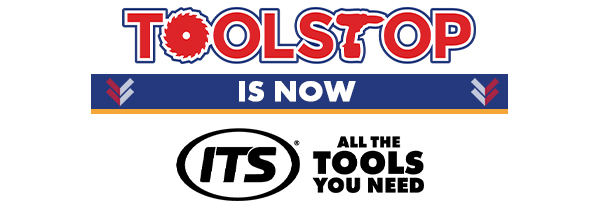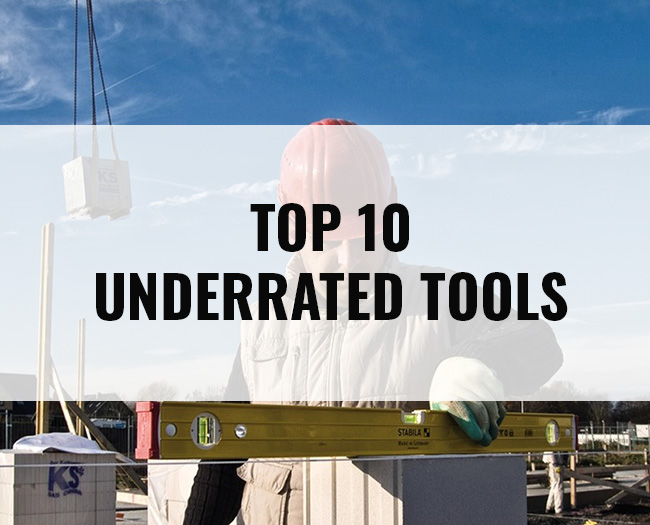We’re going to have a look at what should be part of your tool kit – as these are some of the most underappreciated, underrated, underloved, yet perfect tools that you’re ever going to come across.
Multi Tools
These truly are, in my opinion, the unsung heroes of any tool kit. Multi-tools highlight the true all-rounders for working on the job.

As the name suggests, it is a multi…tool, capable of fulfilling numerous jobs with a simple change of the front blade.
In several previous articles, we have discussed the advantages and characteristics of these machines and how they can improve your everyday tasks.
But how do they function? It’s actually quite simple. The basic principle is that the machine converts rotary motion into a very rapid oscillating motion. With a variety of scrapers, cutting blades, sanders, and more, it can easily handle a wide range of on-site jobs.
Profile Gauge
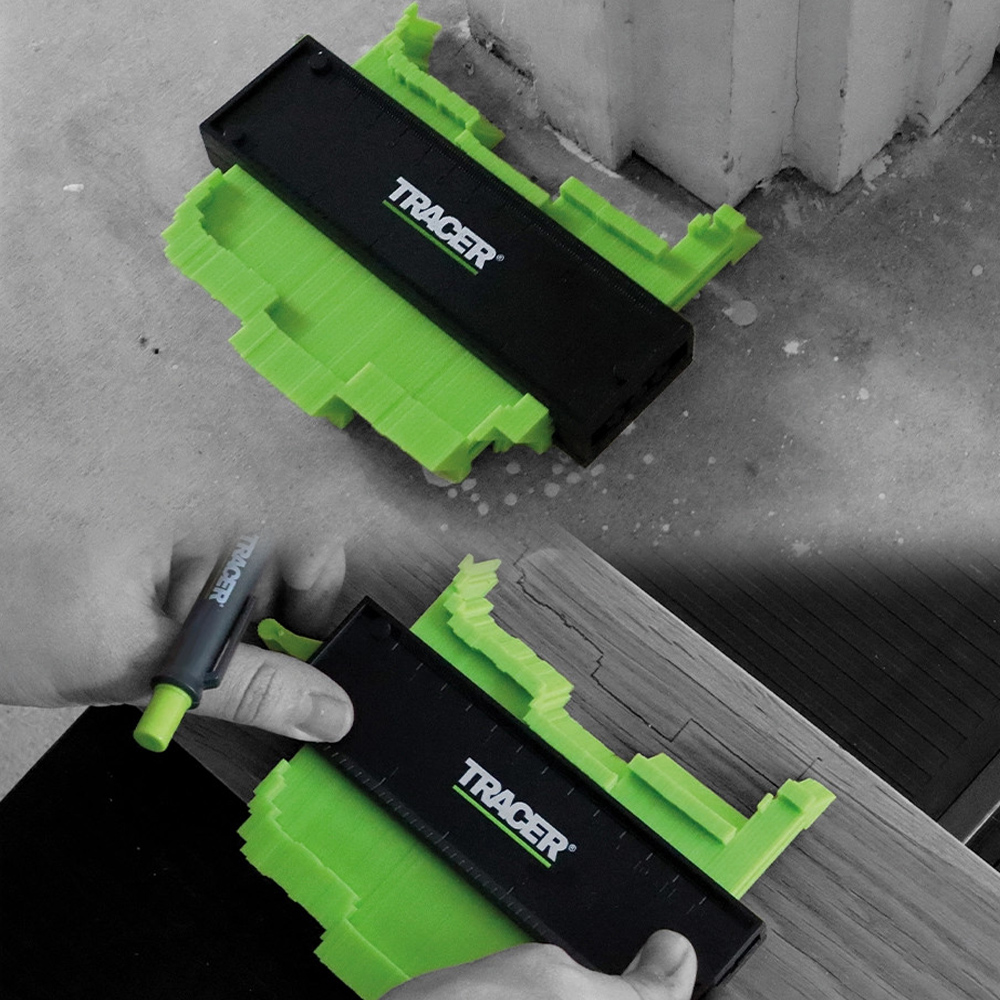
If you’ve ever tried laying carpet, floor tiles, skirting, or wooden flooring in an older house, you know it can be tricky to deal with odd shapes and spaces.
A profile or contour gauge can help with this – it creates an exact outline of any shape so you can easily cut tiles or flooring to fit around obstacles like radiator pipes.
This results in cleaner work, flush finishes, and a more professional look.
And let’s be honest, if you give this tool to kids, they’ll probably have fun making profiles of their faces!
Spirit Levels
We’ve all seen a spirit level (and used one, hopefully) at least once in our lives. But, the importance of these cannot be underestimated, hence their appearance on this list.

Spirit levels are one of the most essential tools when it comes to any kind of construction. I bet you’ve seen the videos online of newly built homes where they clearly haven’t used a level.
Whether its building a garden wall, putting up shelves, hanging pictures, stair spindles and more, the range of applications that a spirit level can be used is vast.
There is a detailed selection of spirit levels available, many with specialist properties for particular trades such as concrete levelling, bricklaying, and more.
There are digital spirit levels that offer an incredible level of measuring precision as well as extendable versions that can reach to over 4 metres; all the way down to pocket sized and levels that neatly fit on to your keys.
Dust Extractors
I’ve heard some people in the trades say that having a dust extractor is unnecessary. However, having a dust extractor is not just about keeping a work area clean or ensuring that your workspace is clean at the end of the day; it is actually much more important than that.
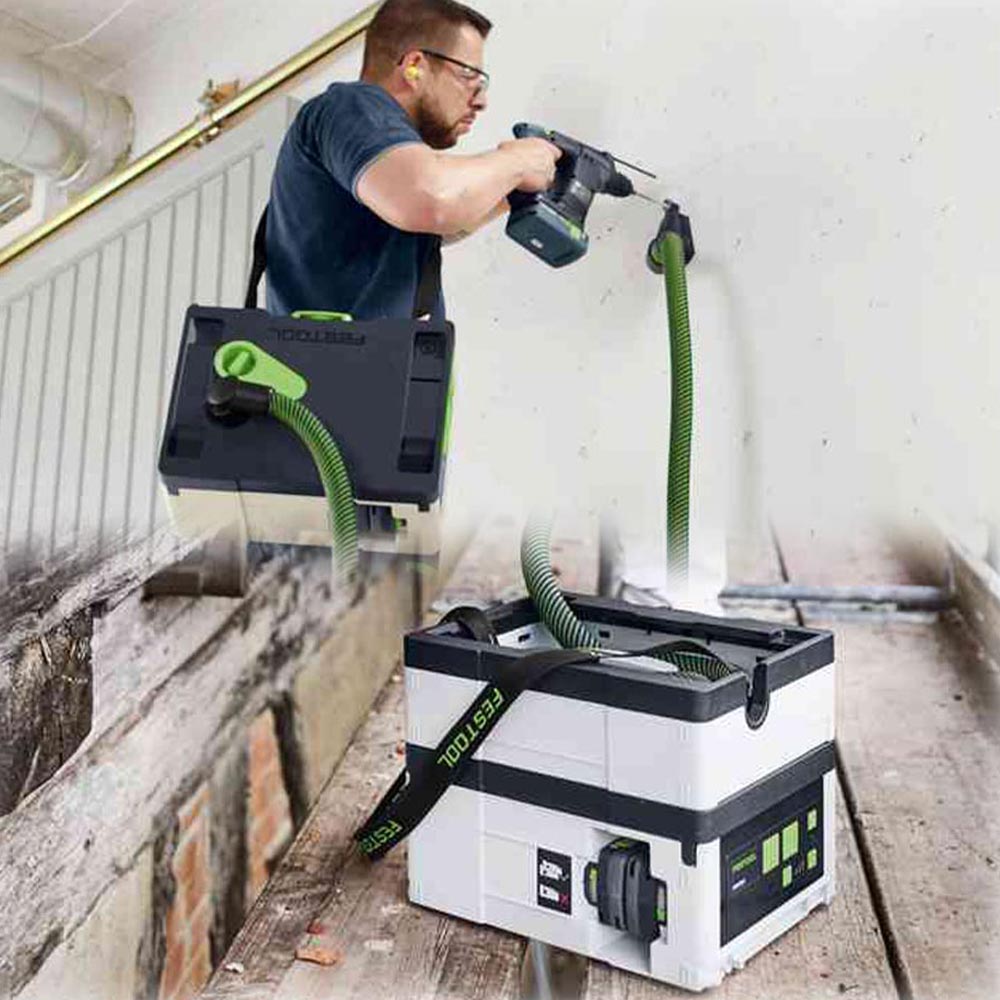
When you’re cutting wood, metal, ceramics, or plastics, dust is generated. You can easily see the debris and shavings, but you may not see all the dust.
For example, silica dust is generated when drilling into concrete, cement, bricks, marble, tiles, etc. A single grain of silica dust is at least 100 times smaller than a grain of sand, and it can take nearly 7 hours for a single grain of silica dust to drop just 1m due to its size.
To address this, it’s important to use a device that will remove dust at the point of its creation.
There are three types of dust extractors you should consider based on their ability to deal with different levels of dust: L-class, M-class, and H-class extractors. It’s worth noting that if you’re working on a site that generates dust, you are legally required to have at least an M-Class dust extractor working alongside your tools.
Now, let’s talk about health. Inhaling dust can lead to serious long-term and possibly life-changing diseases and illnesses.
According to the HSE, there are approximately 8000 deaths per year as a result of “occupational” cancers.
According to the European Trade Union Institute, up to 5 million EU workers are at risk of developing silicosis (scarring and stiffening of lungs), TB, kidney disease, heart issues, and cancer.
COPD, Asthma, or worse, can take years to develop as a result of breathing in dust generated on-site. This is why having a dust extractor on site working alongside your tools is essential.
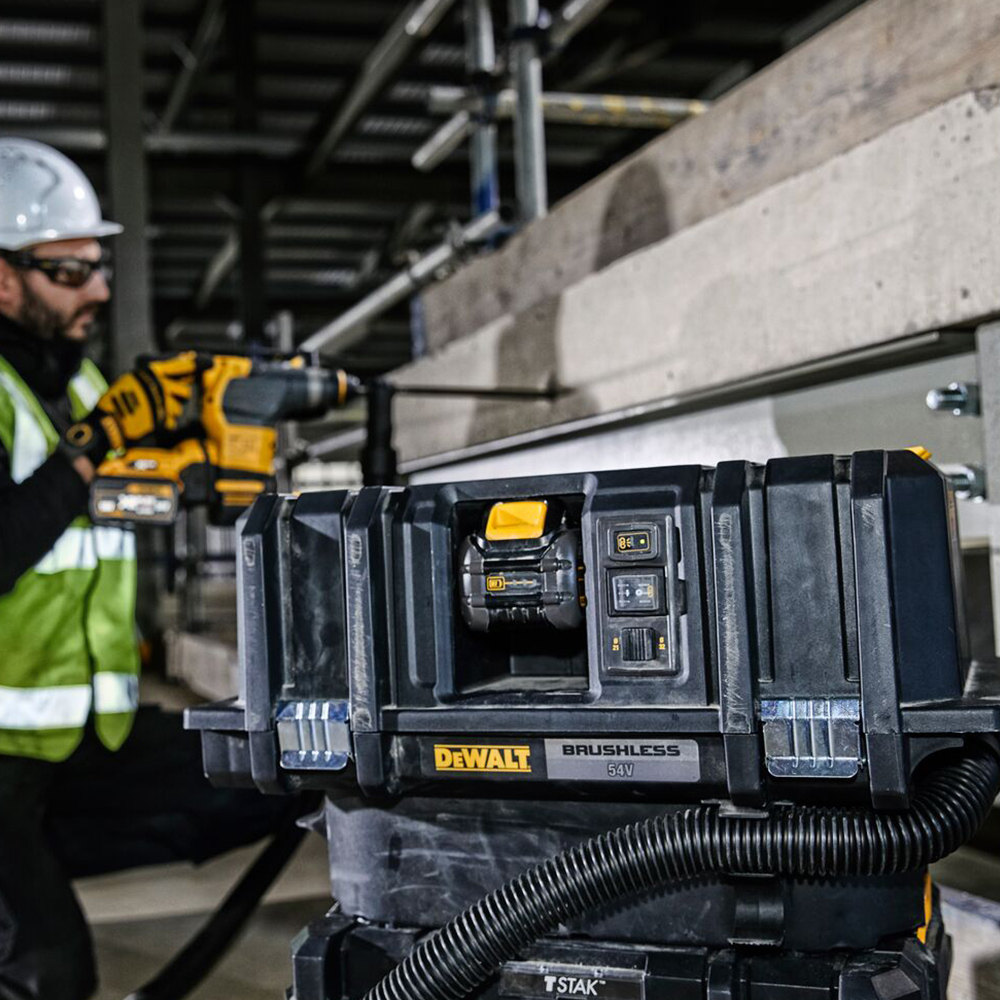
L-Class Dust Extractors
Common Uses:
- Household dust
- Gypsum
- Plaster
- Soil
- Lime
- Ideal for homes
- Ideal for offices
Commons Risks: Common issues include irritation to eyes, skin and respiratory tract.
M-Class Dust Extractors
Common Uses:
- Silica (Concrete, brick, mortar)
- Soft wood (Cedar, fir, pine)
- Hard Wood (Oak, Winder, Beech)
- Metal
- Paint
- Plastics
- Sand
Commons Risks: Persistent coughing, tightness in chest, fatigue, breathing issues, fever
H-Class Dust Extractors
Common Uses:
- Asbestos
- Silica (Concrete, brick, mortar)
- Hard Wood (Oak, Winder, Beech)
- Lead
- Mold Spores
- Carcinogens
- Pathogens
Commons Risks: Irreversible health damage. Symptoms may not appear for several years
Portable WorkBench

My dad used to have a portable workbench. Actually, he had about 3 or 4 of them (and I’m willing to bet he isn’t the only one). He even wanted one for a Christmas present one year!
Mobile workbenches provide instant stability for cutting, marking, painting, staining, and more. Made of lightweight metals, they are the perfect accessory to carry with you almost anywhere, especially if you have to work in a client’s house (never use the kitchen table to cut your materials – you then have nowhere to put your cup of tea).
Often equipped with a clamping function, you can easily secure your materials within its grasp and work comfortably.
When you’re done, fold it down, carry it back to the van, and you’re good to go. Its minimal space requirements ensure that you have more room for your essential tools.
Utility Knife

As with most products in this article, the benefits of having a utility knife cannot be understated. I’m also willing to be that most people on site will have one in their back pocket at any given time – whether its needed or not.
The design of the ‘retractable knife’ has changed little over the years since being introduced by Stanley back in 1936. However the types of blades that are being used in them has been updated.
For anyone dealing with carpet laying or roofing will have a hooked blade as part of their accessory selection. This allows an easier and more detailed cut without the worry of the blade slipping.
Today, its not just Stanley who offer utility knives. Quite a few brands at ITS offer a utility blade with various options. Whether its increased storage in the handle for additional blades, foldover design for improved storage and safety, or ones with a built in bottle opener, there is always an option available.
Wall Scanner
Want to hang a picture or mirror? Bang a nail in the wall and done, right? Or adding skirting to your kitchen? Just hammer it into place, right?
Oh sweet lord, no!!
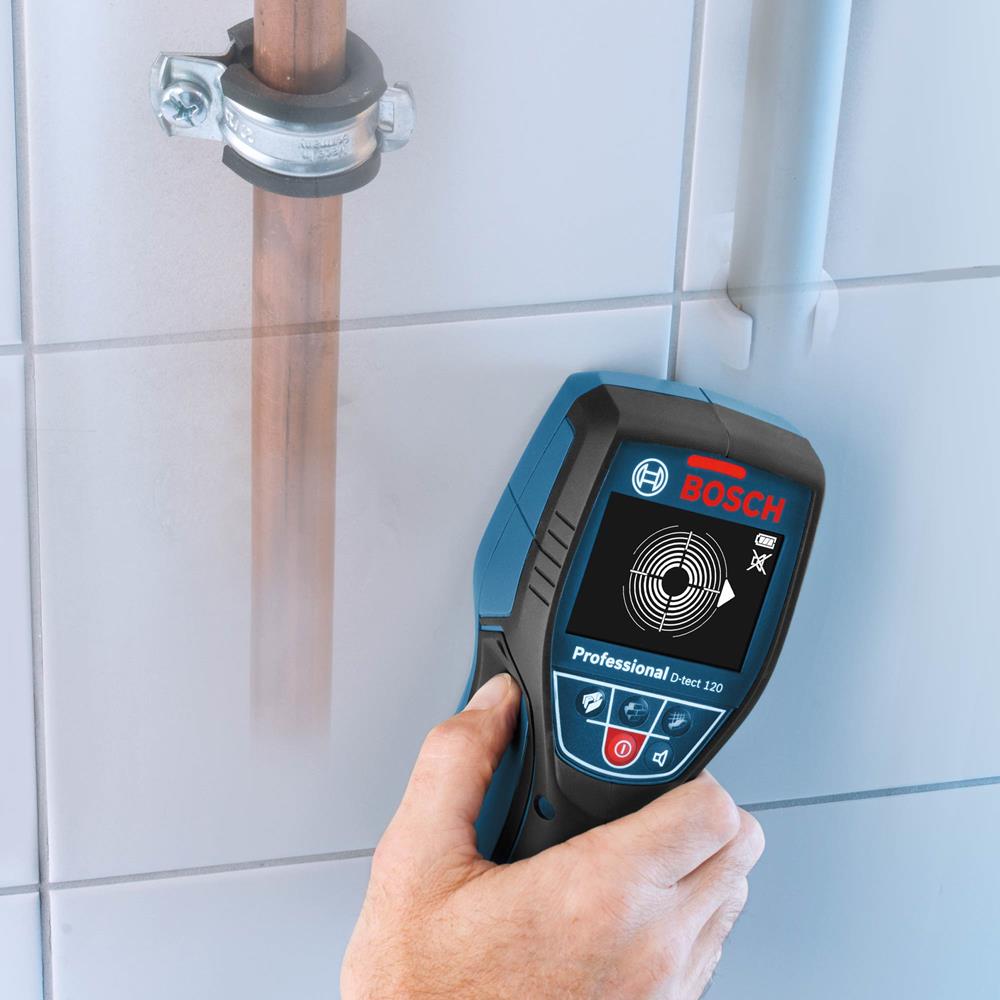
My boss found this out the hard way. Well, actually his father-in-law found out the hard way that you should never start banging things into walls without knowing what is in the walls.
For anyone with a scouting background, the motto “be prepared” comes to mind. It is essential to take the time to check what lies beneath before starting any hammering activity.
Our range of wall scanners, voltage testers, sensors and more can help you precisely identify what lies beneath. These scanners can detect water pipes, gas lines, electrical mains, and more.
Whether you are a tradesperson or a homeowner, it only takes a few seconds to gain peace of mind knowing that you won’t cause thousands of pounds of extra work.
Garden Multi Tools
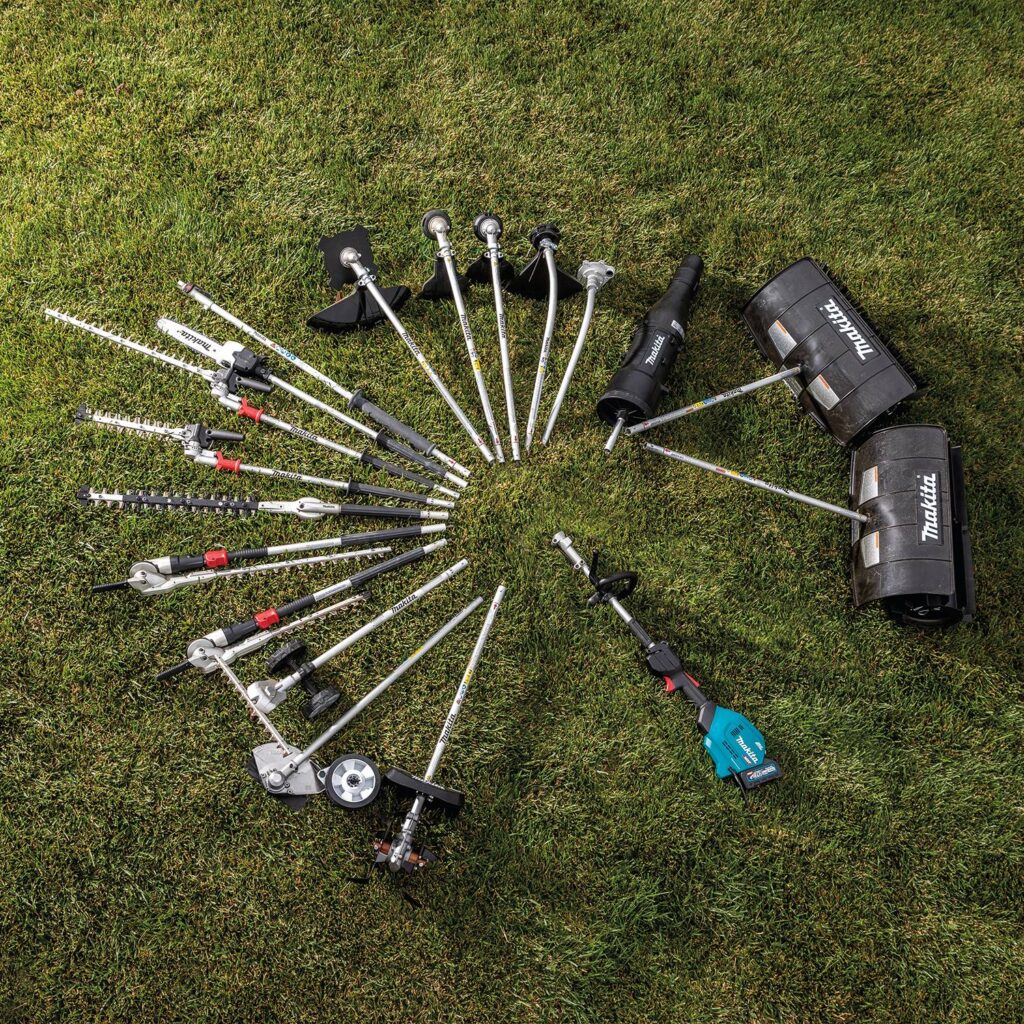
Garden multi-tools are a recent addition to the range of garden power tools on the market. Unlike in the past, where you needed separate tools for different gardening tasks, these multi-tools come with a power head and various attachments that make it easy to complete up to 80% of garden tasks.
Many brands offer these useful garden instruments, such as Stihl, Makita, Milwaukee, and Dewalt. The benefits of using one of these tools far outweigh any potential disadvantages.
For example, you can use a trimming edge attachment to trim the edges of your lawn, a sweeper attachment to clear snow from your path, and a cultivator attachment to get your lawn or planting bed ready.
Additionally, there is a wide range of attachments for a single power head, so you can easily select the precise one you need to complete your job. This not only saves money and time but also saves space, which is especially useful for those with smaller gardens or limited storage space.
Pencils
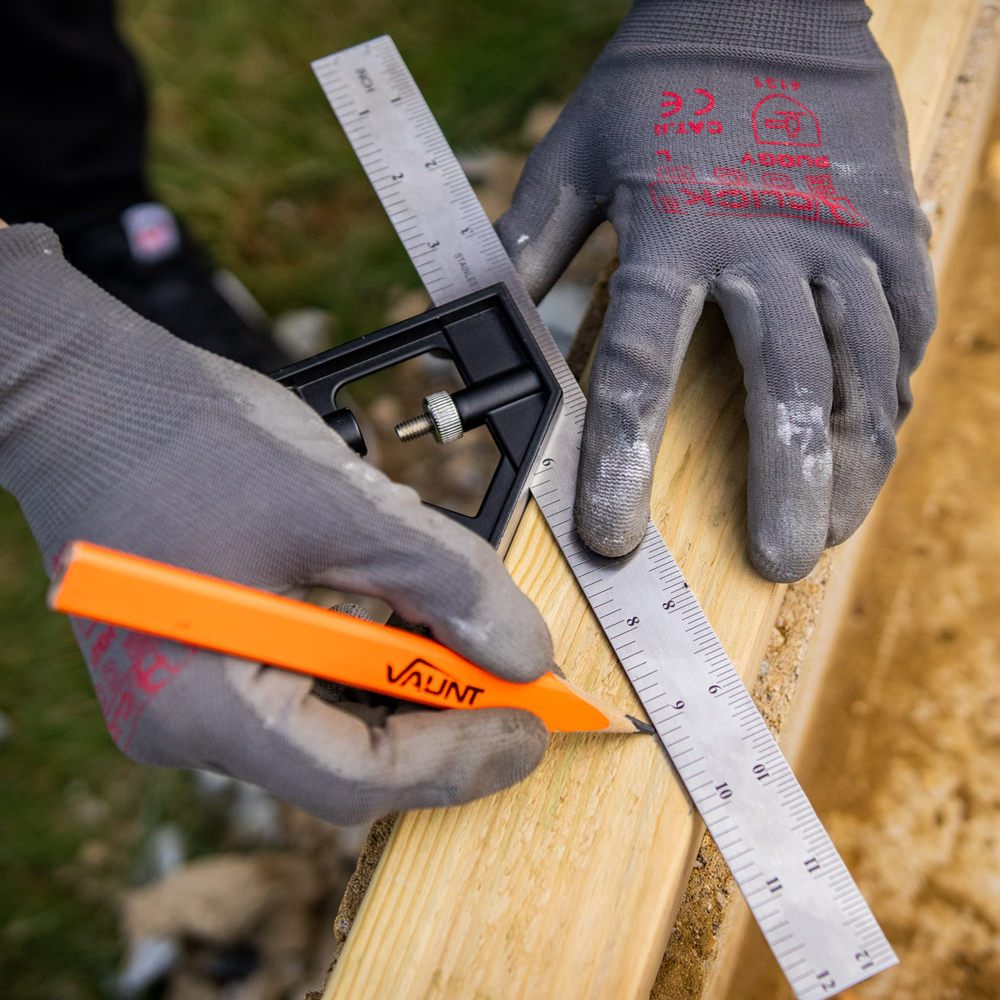
This may seem odd, but in my opinion, it’s just as important as anything mentioned before.
Whether you are measuring, marking, taking notes, or just doodling during lunch, you need a pencil (or pen) to do any of these tasks.
If you’re involved in planning, designing, or setting up, having a pencil behind your ear is just as important as wearing work boots on a job site.
However, it’s one of those things that most people tend to forget. Whether it’s buried at the bottom of your tool bag or lost in one of the pockets of your work trousers, you know very well that very little will get done without having one of these around.
Garden Blowers & Vacuums
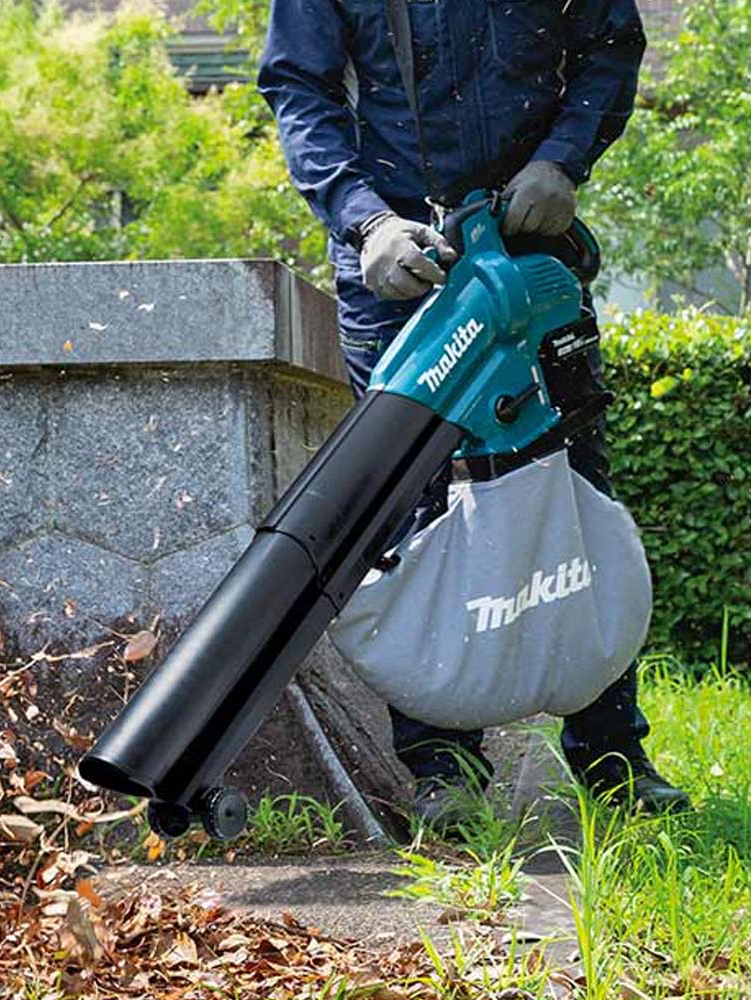
Garden Blowers and Vacuum Cleaners are usually only advertised in the spring and autumn. However, through personal experience, these incredibly robust machines really do have both year-round appeal as well as year-round usage.
Some of these simply blow/move leaves away for you to collect and dispose of in one go. Others, however, offer a vacuum function that will shred leaves and deposit them in an attached collection bag.
I’ve got one, and I really do use it all year round. I’ve covered this in a previous article, but as a home owner with a small suburban garden, I like to keep my garden as clean as possible. Its made harder by my next door neighbour having a tree that over hangs my garden. There are constant leaves, twigs and more dropping in my garden.
To save time, and to deal with everything easily and with speed, my garden vacuum simply scoops it all up, shreds it so that all I need to do is dispose of it properly. What could be a two hour job with a rake takes me 30mins and I’m all done.
What do you think…
Now that you’ve made it this far, what have I missed out? What do you think should be on this list? Is there a tool that you’ve got that you took a punt on, and its turned to be an absolute essential?
Tell us. Let us know in the comments below.

